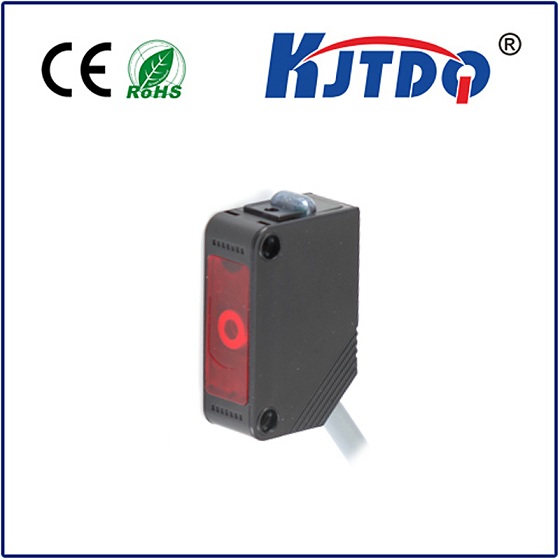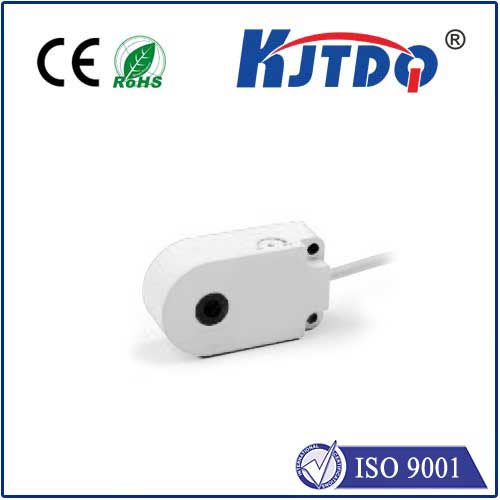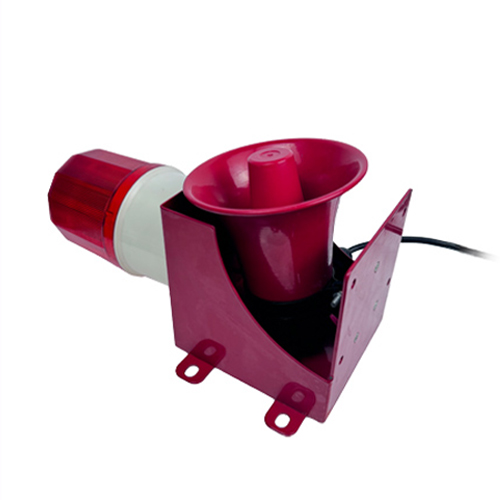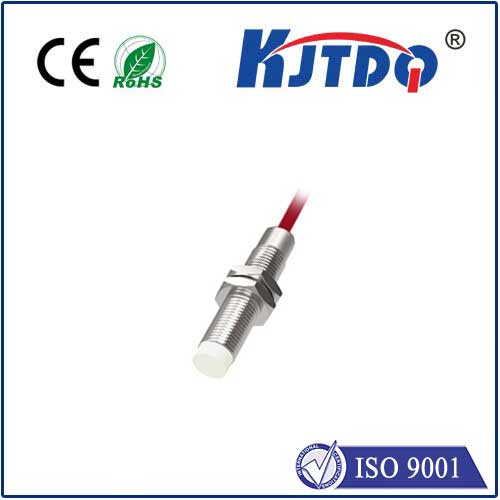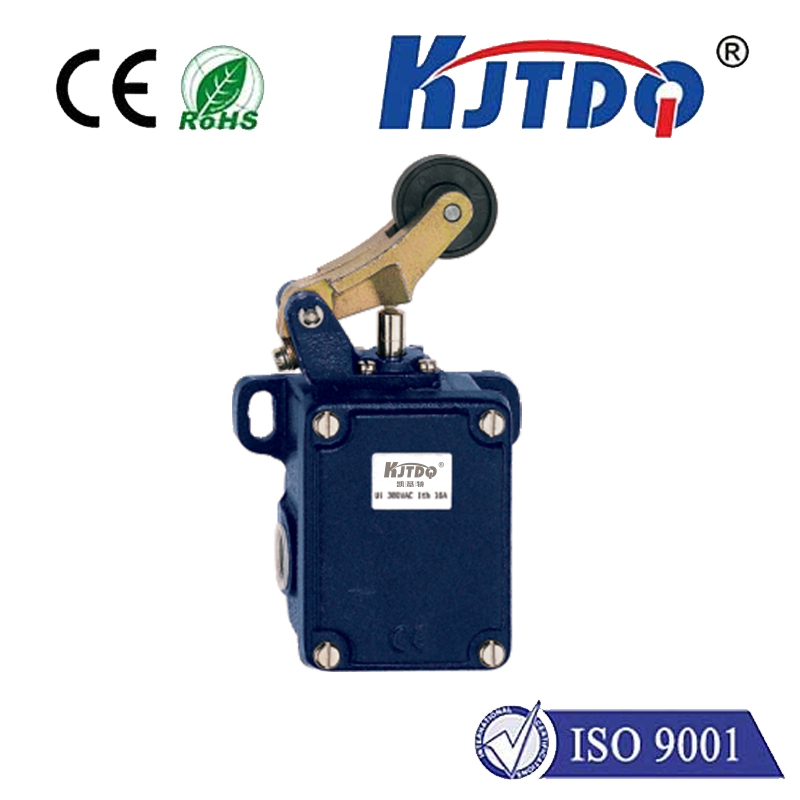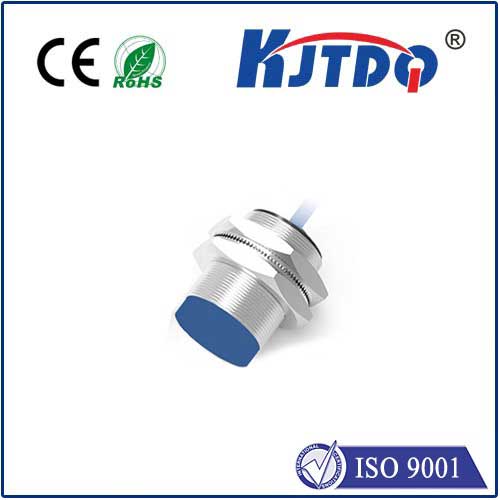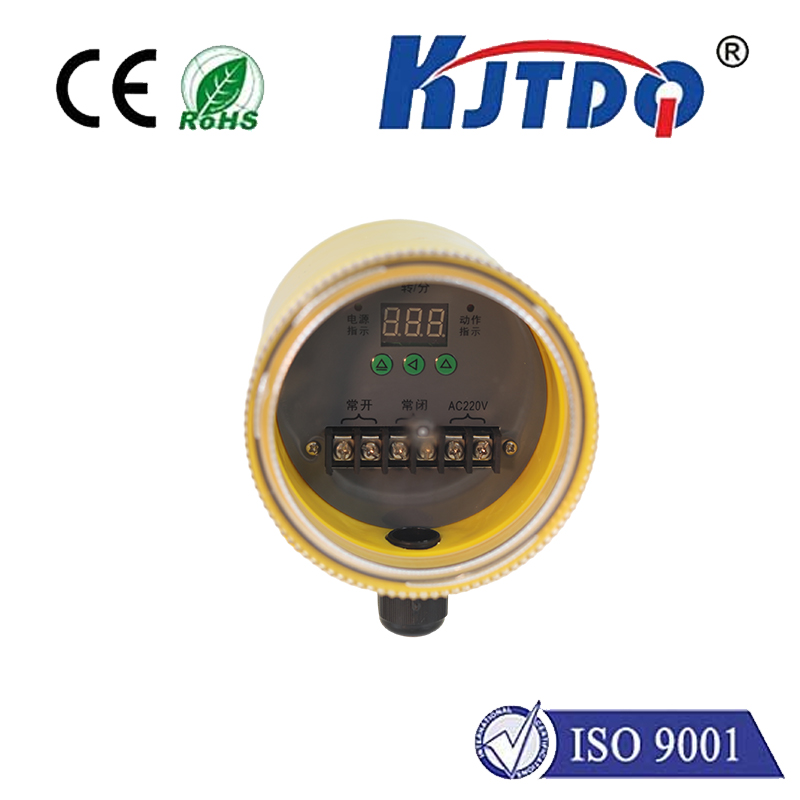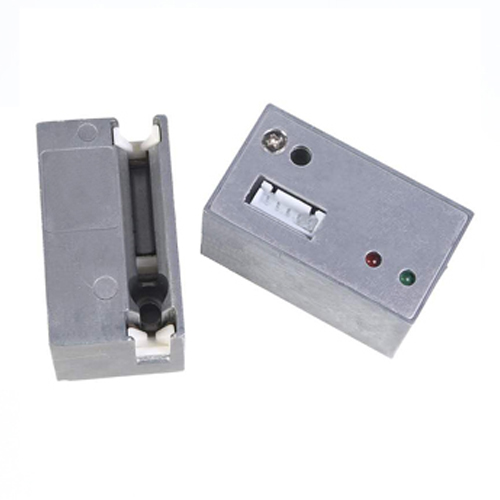

check

check

check

check

check

check

check

check

check

check
Unveiling Precision in Automation: The E3FA-DP13-F2 2M Small Photoelectric Sensor
In the fast-paced world of industrial automation, small components can make a huge difference. Imagine a sensor so compact yet reliable that it revolutionizes how machines detect objects, boosting efficiency while saving valuable space. That’s where the E3FA-DP13-F2 2M small photoelectric sensor enters the scene. Designed for high-performance applications, this device isn’t just another gadget—it’s a game-changer for industries seeking precision without compromise. As factories evolve toward smarter, leaner operations, integrating such innovative sensors is becoming essential. Let’s dive into what makes this model stand out and why it’s capturing attention from engineers and installers alike.

The E3FA-DP13-F2 belongs to a family of photoelectric sensors renowned for their accuracy in detecting objects through light-based technology. At its core, it features a 2-meter detection range, allowing it to monitor distances effectively in confined setups. But its “small” designation isn’t just a label—it underscores the sensor’s ultra-compact design, measuring under standard dimensions to fit snugly into space-constrained environments. This combination enables seamless integration into assembly lines, packaging machines, and material handling systems without adding bulk. Photoelectric sensors like this one work by emitting a light beam; when an object interrupts it, the sensor triggers a response, making them crucial for tasks like counting items or ensuring safety guards are in place. With the E3FA-DP13-F2, manufacturers can achieve consistent results even in dusty or fluctuating lighting conditions, thanks to its robust construction and advanced optics.
So, what sets the E3FA-DP13-F2 apart from general photoelectric sensors? Its key advantages lie in its blend of compactness and functionality. For starters, the 2M detection capability offers extended reach without sacrificing reliability, ideal for applications where objects need monitoring from a distance. Coupled with its small size, this sensor minimizes footprint in crowded installations, reducing clutter and making maintenance easier. Engineers often cite its durability as a major win; built with high-grade materials, it withstands vibrations, temperature variations, and minor impacts, ensuring long-term stability. This reliability is vital in industries like automotive manufacturing, where sensors must operate flawlessly in high-volume production. Moreover, the E3FA-DP13-F2 incorporates intuitive features such as easy calibration and quick mounting options. Compared to bulkier alternatives, it reduces setup time and costs, allowing teams to focus on optimizing workflows rather than troubleshooting. As one industrial report notes, photoelectric sensors with these traits can lower downtime by up to 15%, proving that “small but mighty” devices are driving the future of automation.
Delving into real-world applications, the E3FA-DP13-F2 excels in diverse settings. It’s a star in automated conveyor systems, where its precise detection helps track packages and prevent jams, enhancing throughput. For instance, in food processing plants, the sensor monitors container levels with its 2M range, safeguarding against overflows while maintaining hygiene standards. Similarly, in robotics, its compact size enables integration into arms and grippers for object recognition, boosting accuracy in pick-and-place operations. Photoelectric sensors of this caliber also shine in safety mechanisms, like shutting down machinery if a hand enters a danger zone—critical in industries where worker protection is paramount. The benefits extend beyond efficiency; by incorporating the E3FA-DP13-F2, companies report significant savings on energy and labor. For example, a recent case study in logistics showed how replacing older models with this sensor cut waste by 20% through better alignment with IoT systems. This underscores how embracing innovative photoelectric solutions fuels lean manufacturing principles.
Choosing the right photoelectric sensor involves weighing options, but the E3FA-DP13-F2 often stands out for its versatile design. While similar small sensors might offer shorter ranges or lower resilience, this model balances both, making it a top pick for budget-conscious upgrades. Industry experts suggest pairing it with complementary technologies, like programmable controllers, to maximize its potential. As automation trends lean toward miniaturization and sustainability, the E3FA-DP13-F2 embodies the shift—proving that even the smallest components can drive big outcomes in today’s competitive landscape.
